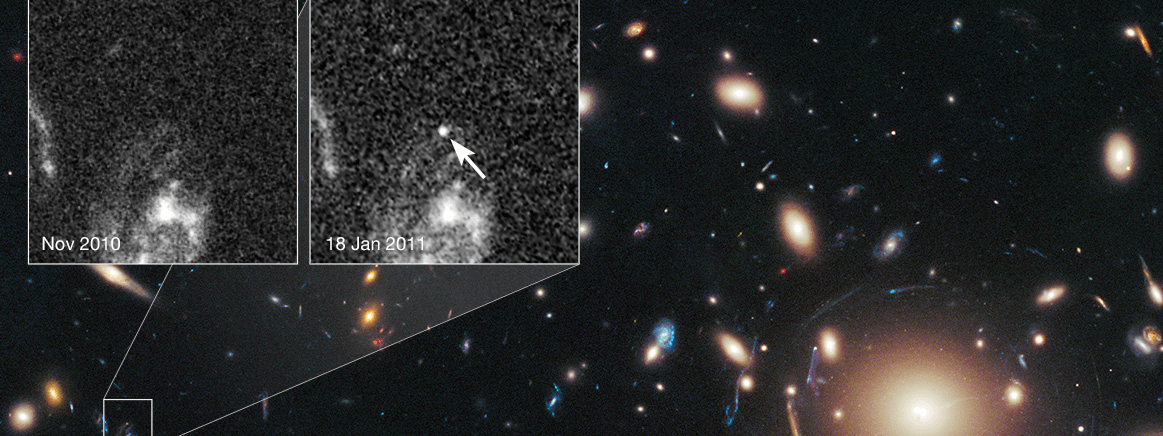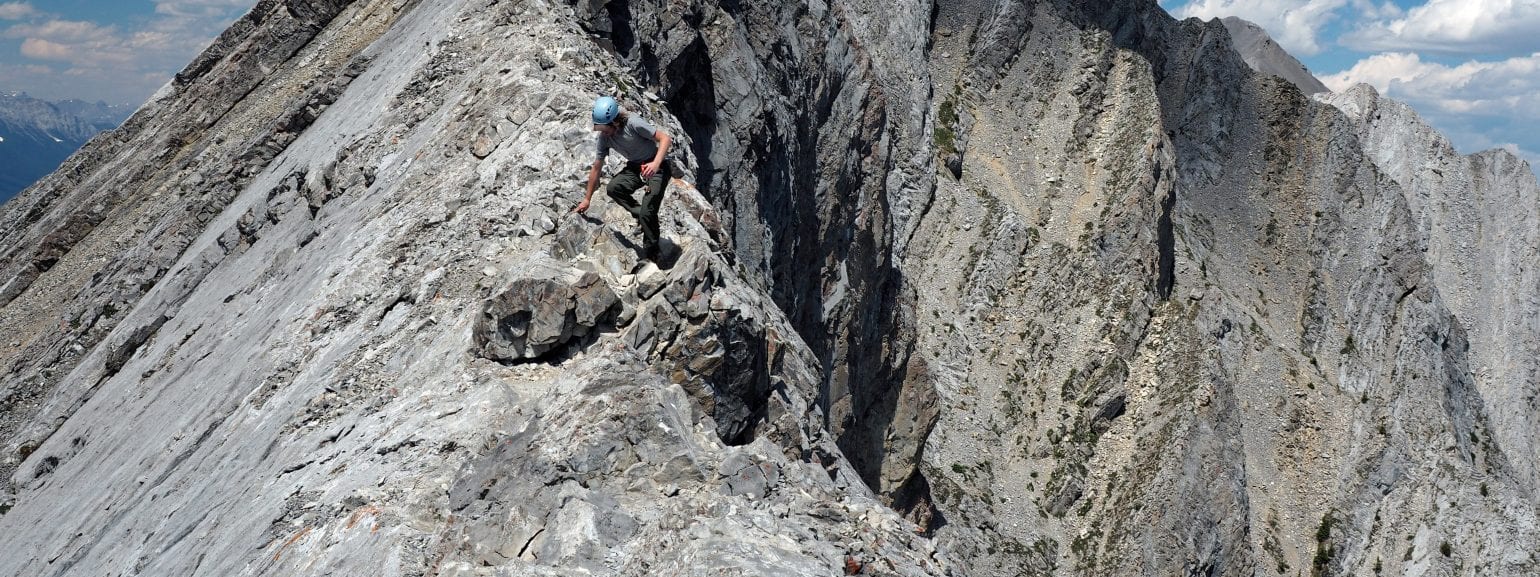I’m actively looking for students interested in working on projects and/or joining my group! My research spans cosmology (dark energy, the Hubble constant, growth of structure), time-domain surveys and supernova physics (the Young Supernova Experiment, Hawaii Supernova Flows), and time-domain infrastructure (data science topics including web applications for SN/host galaxy characterization, target and observation managers, classification tools).
Below are a few project ideas that I think would be fun to work on! Please reach out to me at dojones@hawaii.edu if you’re interested, and see my research page for a little bit more background on my science. There are lots of other fun project opportunities in these areas as well, so I’d be excited to brainstorm or discuss other ideas. If you’d like to know more about what it’s like to work with me, some information on my mentorship experience and philosophy is at the bottom.
Cosmology
These projects try to tackle issues related to tension in measurements of the Hubble constant, the growth of structure, and the nature of the 70% of our universe comprised of dark energy.
Growth of structure:
The Hawaii Supernova Flows team has spent the last several years building a large dataset of Type Ia supernova (SN Ia) distances with the goal of understanding how those distances are affected by structure in our local volume. Currently, there is a ~3-sigma (99.7% confidence) disagreement between early and late-universe measurements of the “clumpiness of matter” (the sigma8 parameter). If confirmed, this could point to non-GR gravity or other new physics beyond our current cosmological model.
But, most of this work to date has come from galaxy surveys! SNe Ia are totally independent and offer better constraining power in the nearby universe, but only recently have there been enough SNe Ia discovered to do this science. We have large, cosmology-ready SN samples ready to do this science both at low redshift (Hawaii Supernova Flows) and high redshift (Pantheon+).
Supernova dust
There isn’t currently a good understanding of how SN Ia color correlates with the luminosity of the SN; measuring this correlation is a key piece of measuring cosmological parameters. When we observe the color of a SN, we don’t know how much reddening is extrinsic and how much is intrinsic to the SN, and this intrinsic reddening might not be correlated with luminosity in the same way. All of this propagates to potential biases in dark energy, the Hubble constant, etc.
We can break the degeneracy using spectra from our Foundation SN survey, which has a couple hundred spectra at the location of the SN, and potentially additional host-galaxy spectra taken with the UH88 telescope. We measure reddening inferred from both the color of the SN and from the Balmer line ratios in the host-galaxy spectrum. If we see a mean offset between inferred galaxy versus SN reddening parameters, we can better understand SN color and any bias in cosmological parameter measurements.
Peculiar velocities
In the local universe, there are a lot of tools that we can use (“standard candles”) to measure the Hubble constant – including kilonovae – but most are affected by gravity from local galaxies and clusters. To get a measurement of the flow due to expansion of the universe, we have to correct for local gravitational effects. This requires using large galaxy surveys to construct a model of how much mass there is in the universe, but it’s not really known how well this actually works for “precision cosmology”. The project would be to use n-body simulations to understand from first principles what’s the best way to make this so-called “local flow model”. A decent amount of the infrastructure has been set up already, and we would be adjusting the prescriptions for galaxy physics and halo modeling to understanding how changes in galaxy physics could affect the flow model, and therefore measurements of the Hubble constant.
Cepheid distances and Cepheid-independent H0
Disagreement over the value of the Hubble constant is the biggest problem in cosmology today, but systematic uncertainty in its measurement remains a concern. I was the PI of an HST program to get distances for Cepheids at ~70 Mpc for the first time — with these data, we can measure H0 in a way that’s totally independent of SNe Ia, one of the key tools that we usually rely on for precise H0 measurements. But, we need to carefully understand peculiar velocities and the effects of crowding — the effect of overlapping stars on our measurements of Cepheid photometry. This project would use machine-learning tools to figure out new ways of classifying and measuring distances to crowded Cepheids, and it would use those distances to get a new, independent measurement of the Hubble constant.
Roman Project Infrastructure Team
I’m part of a Roman Project Infrastructure team that is tasked with preparing for SN Ia cosmology with the Roman Space Telescope (launching late 2026). Roman will create the best measurement of dark energy out of any existing or planned mission. There are a number of topics we could work on, but the goal would be to prepare tools and survey strategies for Roman’s ground-breaking science and establish students as leaders in a large cosmology collaboration. Testing these tools on existing data sets would allow us to do exciting science now while we wait for the late 2020s.
Transient Science
These projects address questions on the nature of supernovae, their physics, and the challenges of dealing with the massive transient data volume coming in the next decade.
Early time classification
As surveys like the Vera Rubin Observatory’s Legacy Survey of Space and Time (LSST) come online and discover hundreds of thousands of SNe per year with photometric data, we need to find out *quickly* whether a transient is worth following up spectroscopically or not. My collaborations have built a lot of tools to discover SNe and we’ve built up a lot of data in advance of the LSST era. What we need now is to use these data as the best current training set to design machine-learning tools that will allow us to find SNe quickly with early time data, and recommend to users the SNe that should be followed. There are a number of ways to expand this project into impactful, community-serving tools.
Single object papers
I’m involved in a number of ongoing transient surveys (the Young Supernova Experiment, ATLAS, SCAT) that find a dozens to hundreds of unusual SNe every year. When we find these SNe, we attempt to get high-cadence spectroscopic follow-up starting at early times and continuing for a month to months. Each of these objects offers a new window into SN physics and makes a great, reasonable-scope project for a new graduate student. For a few examples, check out some of the Young Supernova Experiment publications here.
Host-galaxy population statistics
We can gain insight into what the progenitors of SNe are by looking at the statistical properties of the stellar populations of their host galaxies. By observing the proximity of SNe to active star-forming regions, we can infer the age (and therefore the mass, binarity, or other properties) of their progenitor stars. With thousands of classified SNe every year we need ways to efficiently measure host-galaxy properties near the SN location. We also need better measurements of stellar populations. For the first avenue, we can use a web application built by former postdoc Peter McGill to ingest and characterize the host galaxies of new transient discoveries. For the second avenue, we can observe nearby SN hosts with the integral field unit (SNIFS) on the UH88 telescope on the summit of Mauna Kea.
What it’s like to work in my group
Philosophy
I believe in providing structured, evidence-based, committed mentorship support. I typically aim for carefully planned projects that can result in publications in a ~one-year timescale and I provide students the resources they need to carry those projects through to completion. For every project, we will collaborate closely with other IfA and UH faculty — as well as external collaborators — both to give students a larger network of collaborators and to create multiple channels of support during a project or thesis. I try to make sure my students have good work/life balance and I try to build individual development plans for my students so we can work specifically towards their individual priorities and goals.
Experience
I’ve been trying to build a good track record of student success: I’ve been second author on eight junior scientist-led publications in the last two years and third author on several more, and I have experience with both graduate and undergraduate student projects. These projects include all of the subject areas discussed above! To browse some of my past student/postdoc-led publications, check out this ADS library.
Expectations
I don’t have any strict requirements in what I look for in students; different people have different strengths, and successful projects often require different skill sets! With that said, I value good communication (especially the willingness to reach out to me when you’re stuck on a problem), good technical skills and willingness to work on those skills (coding, data analysis, writing), and ability/desire to think about the big scientific picture. I try to choose projects where I as an advisor have both the scientific and technical knowledge to step in to help if there’s a road block.
Logistics
I’m based on Hawai’i island, but plan to travel to the Manoa campus every ~2 weeks to meet with any Manoa-based students in person. My group will meet all together once per week for an hour to discuss our ongoing work, goals, interesting arXiv papers, or anything else astronomy-related. For individual meetings, they can be scheduled as frequently or infrequently as you’d like, nominally once/week.


